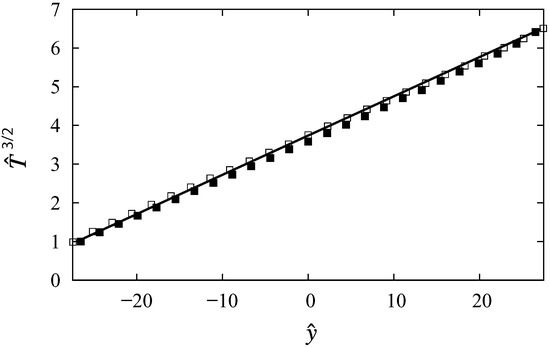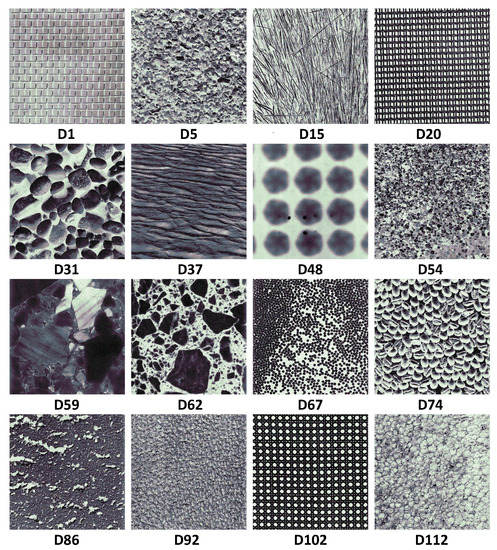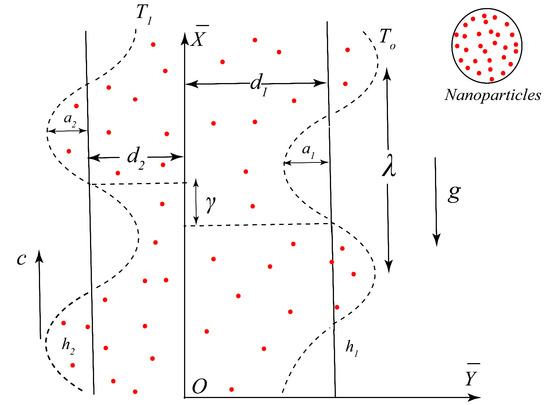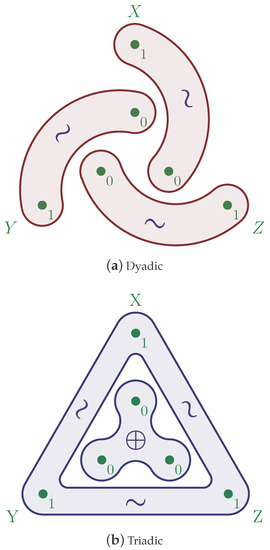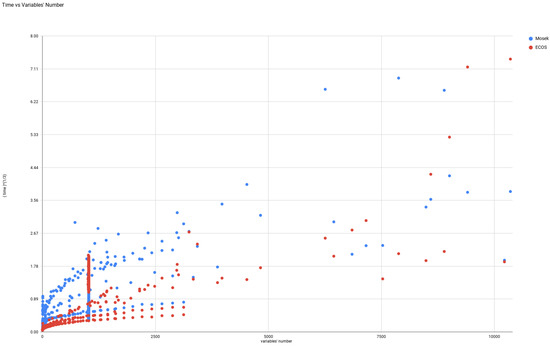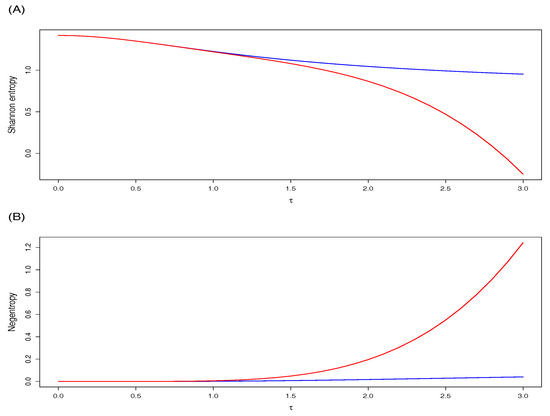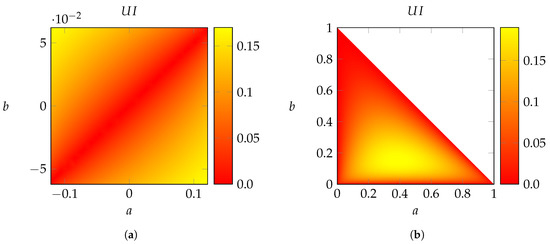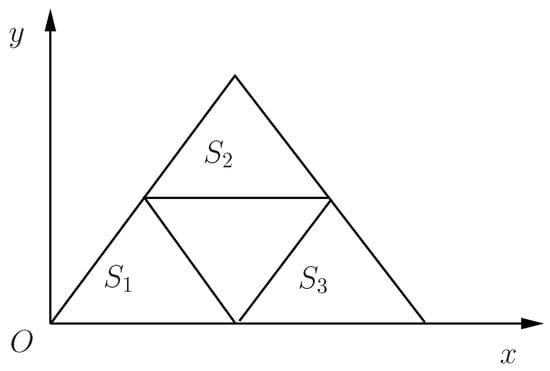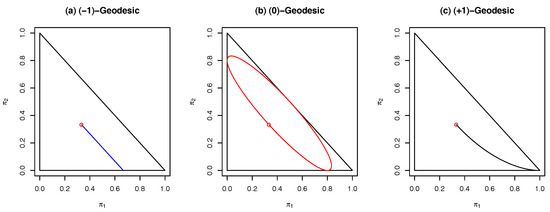Entropy 2017, 19(10), 536; https://doi.org/10.3390/e19100536 - 11 Oct 2017
Cited by 5 | Viewed by 3962
Abstract
We analyze the transport properties of a low density ensemble of identical macroscopic particles immersed in an active fluid. The particles are modeled as inelastic hard spheres (granular gas). The non-homogeneous active fluid is modeled by means of a non-uniform stochastic thermostat. The
[...] Read more.
We analyze the transport properties of a low density ensemble of identical macroscopic particles immersed in an active fluid. The particles are modeled as inelastic hard spheres (granular gas). The non-homogeneous active fluid is modeled by means of a non-uniform stochastic thermostat. The theoretical results are validated with a numerical solution of the corresponding the kinetic equation (direct simulation Monte Carlo method). We show a steady flow in the system that is accurately described by Navier-Stokes (NS) hydrodynamics, even for high inelasticity. Surprisingly, we find that the deviations from NS hydrodynamics for this flow are stronger as the inelasticity decreases. The active fluid action is modeled here with a non-uniform fluctuating volume force. This is a relevant result given that hydrodynamics of particles in complex environments, such as biological crowded environments, is still a question under intense debate.
Full article
(This article belongs to the Special Issue Thermodynamics and Statistical Mechanics of Small Systems)
►
Show Figures
